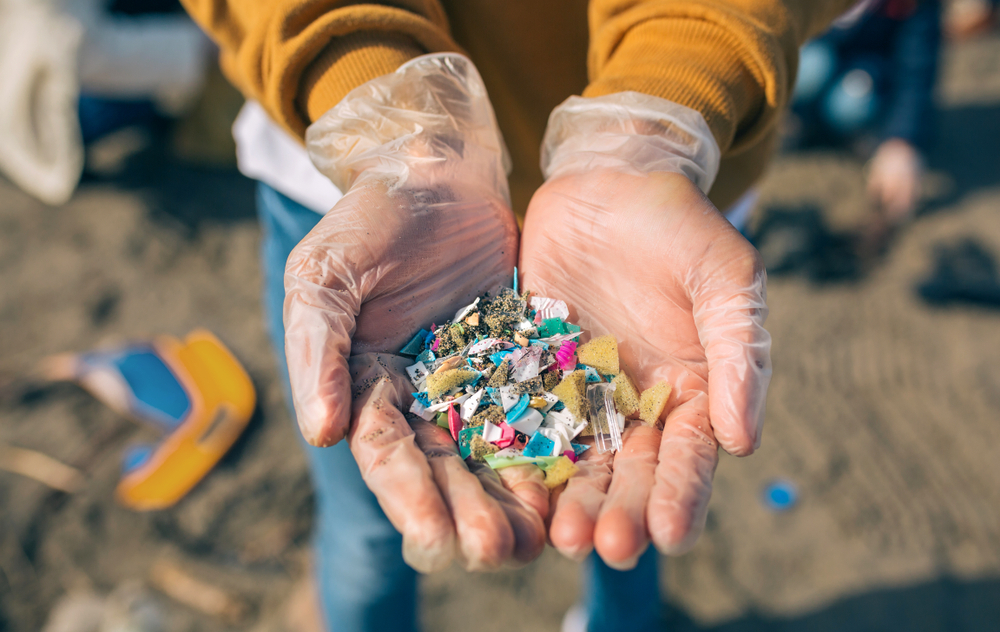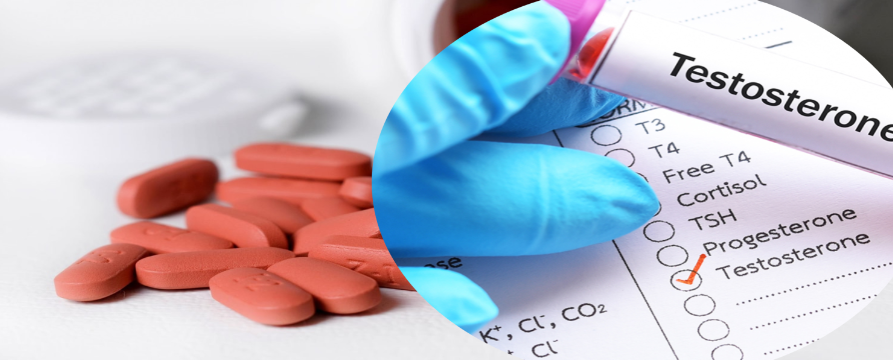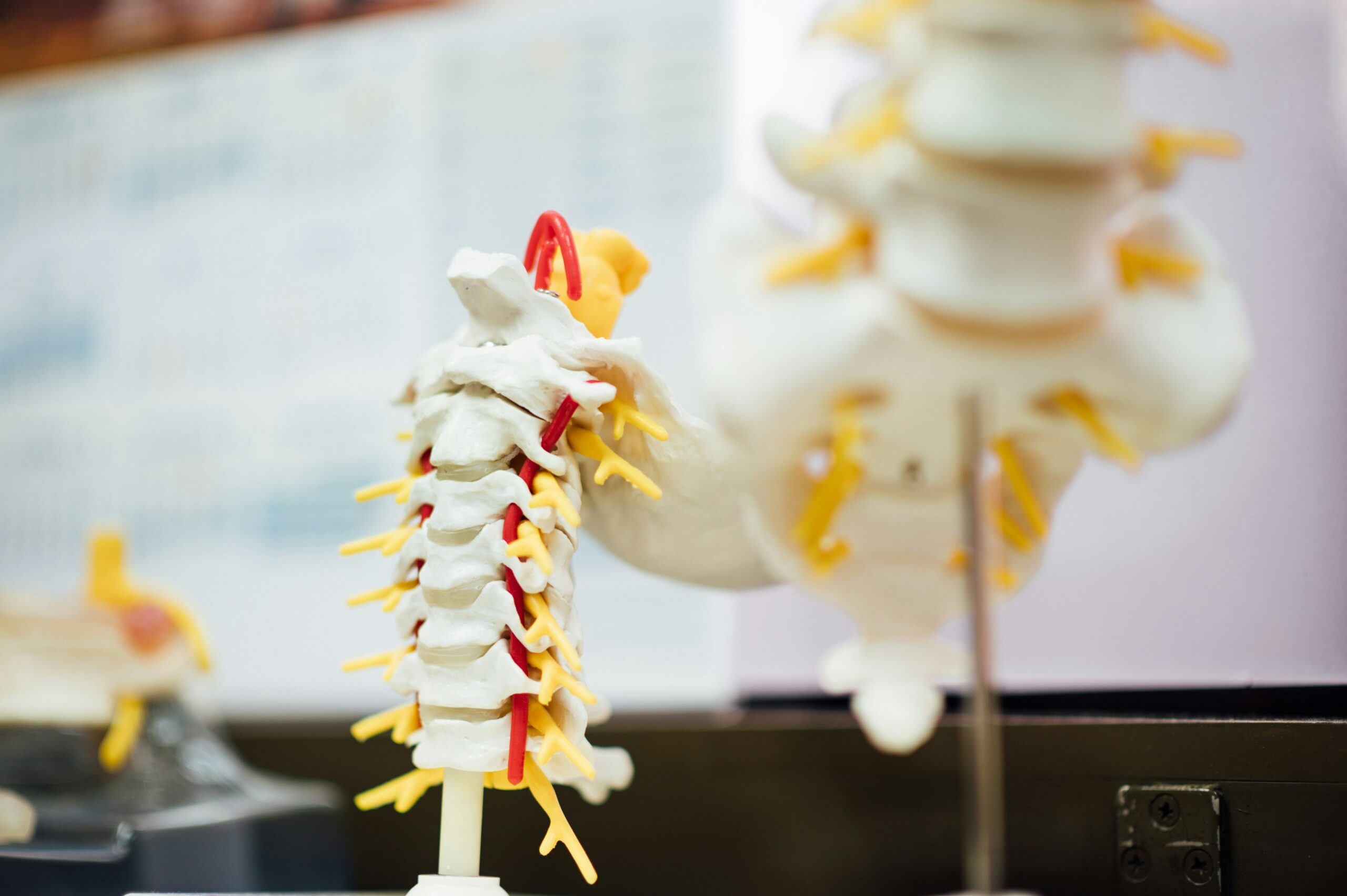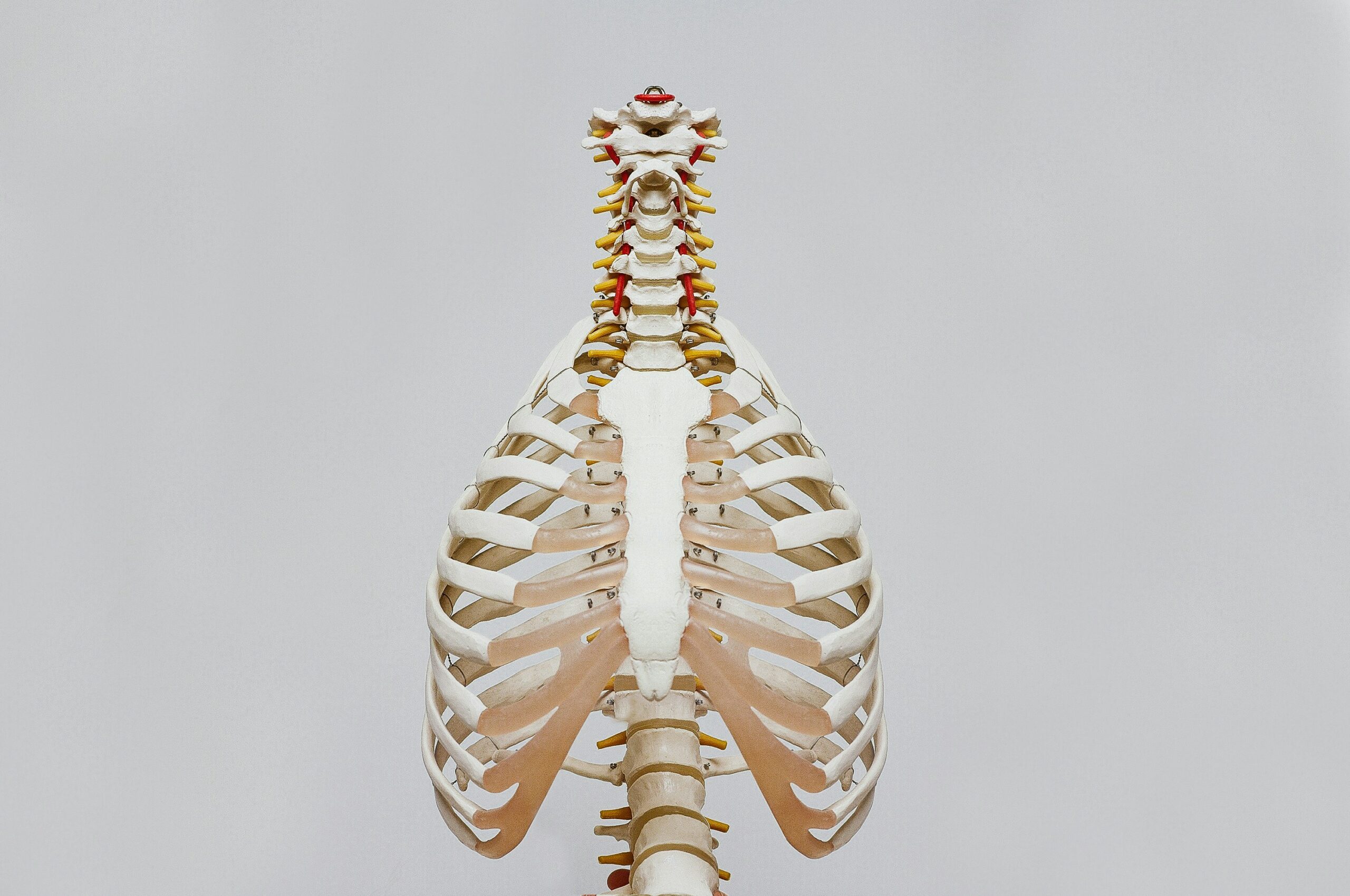Microplastics and Nanoplastics Found in Carotid Plaques!

Welcome to Chi-research.
A weekly publication by ProCredits reviewing current research associated with the Chiropractic profession. In this week’s article, we are reviewing a 2024 paper from The New England Journal of Medicine on the presence of Microplastics and Nanoplastics (MNPs) in carotid artery plaque.
Microplastics and Nanoplastics
Microplastics are plastic pieces that measure less than 5mm and nanoplastics are even smaller ranging between 1nm and 1 um across and are everywhere. Some have formed by breaking away from larger plastics that have fragmented over time while others are intentionally made small to use in cosmetics, detergents, paints, medicines, pesticides, and the list goes on and on. Exposure to these MNPs can lead to health effects through oxidative stress, inflammation, immune dysfunction, altered biochemical and energy metabolism, impaired cell proliferation, disrupted microbial metabolic pathways, abnormal organ development, and carcinogenicity. Now we have learned that they are even in the fatty deposits that can build up in the arteries and cause heart disease and strokes.
In the latest study, Microplastics and Nanoplastics in Atheromas and Cardiovascular Events, 304 patients underwent carotid endarterectomy for asymptomatic carotid artery disease. The excised carotid plaque specimens were analyzed for the presence of MNPs with the use of pyrolysis–gas chromatography–mass spectrometry, stable isotope analysis, and electron microscopy. Inflammatory biomarkers were also assessed.
Polyethylene was detected in carotid artery plaque in 58.4% of patients, while 31% of patients also had polyvinyl chloride in the plaque. Electron microscopy revealed visible, jagged-edged foreign particles among plaque macrophages and scattered in the external debris with these particles also containing chloride. The researchers also discovered more inflammatory markers in the blood of patients with higher levels of microplastics.
While these plastics are concerning, the most astounding finding in this article is that in a 34-month follow-up, the rate of heart attack, stroke, and death was four-and-a-half times higher in people with microplastic and inflammatory markers than those without.
How are these plastics entering the human body and how can we get rid of them? Many studies have shown that humans are constantly exposed to Microplastics and Nanoplastics through cosmetics, inhalation, skin exposure, food sources, water, and even salt consumption, and have been found in the placenta, lungs, liver, breast milk, urine, blood, and now plaque.
Healthy eating, drinking filtered water, reducing artificial cosmetic exposure, and avoiding certain processed and sea salts will help reduce our exposure to MNPs. However, MNPs are extremely persistent, which means it is almost impossible to remove them from the environment where they accumulate. Therefore, avoiding them entirely may be insurmountable but what if we can reduce the amount we absorb?
Studies show that gut dysbiosis and leaky gut syndrome can increase the amount of absorption of these MNPs into our blood due to the increased permeability of the intestinal wall. Therefore, adding a gut-healthy regimen to our lifestyle is necessary when combatting MNPs. This can be achieved by eliminating processed and inflammatory-causing foods from our diet, reducing alcohol consumption and smoking, eliminating chemically based cosmetics as well as consuming probiotics, glycine, and glutamine.
Decrease the risk of Microplastics and Nanoplastics toxicity
ProCredits offers many nutrition courses approved for Chiropractic CEUs on our on-demand platform that is designed to give you knowledge on how to diagnose and treat dysbiosis and leaky gut which will help to decrease your risk of Microplastics and Nanoplastics toxicity.
Check out these courses below:
Check out ProCredits’ Free course and Chiropractic Continuing Education Hours
A free one-hour course with ProCredits! Don’t miss this opportunity to see why ProCredits should be your go-to for Chiropractic continuing education and take your practice to the next level!
By taking advantage of this one-hour course, you will be able to further develop your skills and take your practice to a whole new level. This course is designed to provide you with valuable insights and hands-on experience that will help you enhance your knowledge and proficiency.
Whether you are a beginner or an experienced professional, this course has something to offer to everyone. It covers the latest techniques, tools, and best practices in your field and will allow you to learn from experienced instructors who are experts in their respective fields.
Sign up now and start learning, and while you’re at it, follow us on Facebook and subscribe to our Youtube channel for weekly updates!
Video Testimonials: Uncover Real Chiropractic Journeys
As you conclude your visit, why not delve into the real experiences of Chiropractors who’ve navigated their educational path with ProCredits? Through our video testimonials, you can gain an authentic understanding of the value and rewards of Chiropractic Continuing Education Hours.
In a profession as dynamic as chiropractic care, the need for continuous learning is paramount. Keeping abreast of the latest advancements, techniques, and research is the key to delivering top-notch care to your patients. Let the journeys of these Chiropractors guide your way with ProCredits.
Most Popular
Microplastics and Nanoplastics Found in Carotid Plaques!
March 13, 2024
Herniated Lumbar Disc: Conservative Care or Surgery?
March 6, 2024
Social Media
Get The Latest Updates
Subscribe To Our Weekly Newsletter
No spam, notifications only about new products, updates.
Related Posts

Can NSAIDs Use Reduce Testosterone?
Welcome to Chi-research. A weekly publication by ProCredits reviewing current research associated with the Chiropractic profession. In this week’s edition, we are reviewing a 2018

Is Poor Trunk Postural Control a Risk Factor for Low Back Pain?
Welcome to Chi-research. A weekly publication by ProCredits reviewing current research associated with the Chiropractic profession. In this week’s edition, we are reviewing a 2024

Microplastics and Nanoplastics Found in Carotid Plaques!
Welcome to Chi-research. A weekly publication by ProCredits reviewing current research associated with the Chiropractic profession. In this week’s article, we are reviewing a 2024

Herniated Lumbar Disc: Conservative Care or Surgery?
Welcome to Chi-research. A weekly publication by ProCredits reviewing current research associated with the Chiropractic profession. In this week’s article, we are reviewing a 2021 paper
